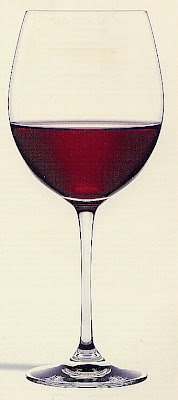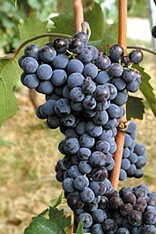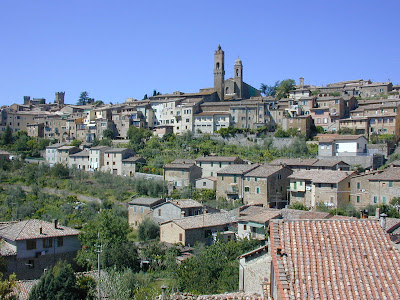The fourth of July is just around the bend, which means it is time to brush the now-antique layer of dust off your bbq tongs and fire up your warm weather friend, your trusty grill.
Put away that Dutch Oven, used during the chilly months to braise heart-warming, stewed meats. It is the time of year when the focus shifts from the interior of the encapsulated kitchen to the open sky and fresh air, where fragrant grill smoke is free to billow overhead, languidly floating above us, filling every corner of the atmosphere, and our nostrils.
You know you can picture (and smell) the scenario. You are driving in your car across the horizon, windows down, and the smell hits you like a ton of bricks: burgers and dogs grilling, the scent permeating the air, seducing the nose with an aromatic, charred perfume.
Carnivores rejoice! It’s the dog days of summer!
Although we can trace the hot dog’s roots to the sausage, and most likely to Germany, it has become a global snack of choice in countries such as Iceland (pylsa), Mexico (perrito caliente), and France (chien chaud), to name a few.
However, we Americans like to claim the summery snack as our own, and eating your first hot dog is a veritable right of passage in America. The hot dog has become an all-American entity, a historic favorite, even appearing on a festive presidential picnic menu in 1939 (for a party thrown by the esteemed FDR to welcome King George to America).
And as diverse as our national geography, hot dog condiments and toppings vary, representing a true melting pot of regional tastes and flavors. Dodger Dog devotees and Fenway Frank fanatics opt for classic ballpark combinations: ketchup, mustard, relish, sauerkraut. Coney Island goers and Nathan’s enthusiasts (with the exception of Kobayashi and Joey Chestnut, who eat them by the dozen soaked in an unpleasant tonic of pure water) tend to love the same. Then there’s the winning Chicago combo, which sounds inherently wrong, but is innately right: mustard, onion, neon green pickle relish, tomato slices, pickled hot peppers, celery salt, and a lip-smacking dill pickle. The Texas dog involves the heartburn inducing combination of chili, cheese and jalapenos. Many Southerners enjoy sweet-tart coleslaw slathered on their dogs.
I had never tried Southern-style dogs before, so I decided to go for it, whipping up a quick slaw, as well as a homemade relish. Ultimately, in our head to head relish versus slaw showdown, the slaw dog won, and I’m a huge relish fan! It is a logical, yet little seen in the Northeast, combination of crispy, steaming hot dogs drowned with chilled, creamy slaw. I served mine on slightly toasted, buttered buns: a taste marriage made in heaven.
A great, dressed-up dog transcends ballpark fare, although there's something beautiful about the simplicity of a bare bones grilled dog: the charred, almost caramelized exterior, the audible snap of the casing, the squirt of the juicy, spiced meat.
Homemade Pickle Relish
Adapted from Bobby Flay
Makes 8 servings
1 1/2 cups cider vinegar
1 teaspoon mustard seeds
1 teaspoon coriander seeds
2 tablespoons sugar
8 large dill pickles (sour, not half-sour), finely diced
1 small red pepper, grilled, peeled, seeded, and finely diced
1 small yellow pepper, grilled, peeled, seeded, and finely diced
1 small white onion, finely diced
2 tablespoons chopped fresh dill
Bring vinegar, mustard seeds, and coriander seeds to a boil in a medium non-reactive saucepan on the grates of the grill; cook until reduced by half and slightly syrupy.
Remove from the heat, add the remaining ingredients, and gently toss to coat. Season with salt and pepper, to taste. Cover and refrigerate for at least 1 hour before serving.
Coleslaw
Adapted from Gourmet Magazine
Active time: 25 min
Start to finish: 1 1/2 hr
Makes 8 servings
2 1/2 pound green cabbage, cored and cut into 3-inch chunks, then finely chopped or shredded
1 medium onion, finely chopped
1 large green bell pepper, finely chopped
1 large carrot, coarsely grated
1 1/4 cups mayonnaise
1/3 cup cider vinegar
2 teaspoons sugar
Toss all vegetables in a large bowl with 1 teaspoon each of salt and pepper.
Whisk together mayonnaise, vinegar, and sugar, then toss with slaw. Chill, covered, stirring occasionally, at least 1 hour (for vegetables to wilt and flavors to blend).






